Application of Membrane Roofing
Date:2015.4.3 Hit:18309
The roof is the uppermost enclosure structure of the building, which should meet the requirements of the corresponding use function and provide the appropriate internal space environment for the building. Roof is also the load-bearing structure of the roof of the house, which is affected by material, structure, construction conditions and other factors. Roof is also a part of the building volume, its form has a great impact on the shape of the building, architects in the completion of the design work at the same time pay great attention to the aesthetic problems of the roof.
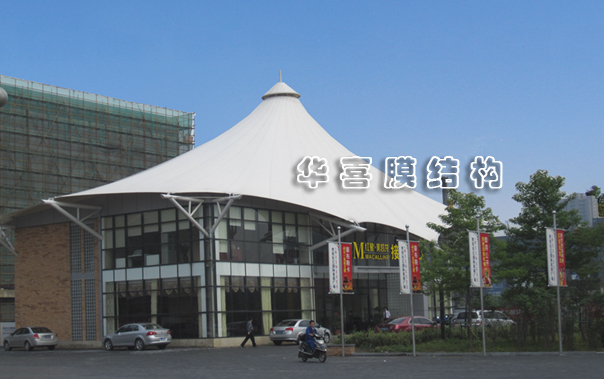
With the development of science and technology, many new roof structures have appeared, such as arch structure, thin shell structure, suspension structure, grid structure roof, etc.

Regardless of the traditional roof form or various novel roof forms, its composition is roughly divided into two parts, namely, support system (beam, purlin), and roof system (covering material).
Roof is the surface of the roof of a building. It mainly refers to the part between the roof and the eaves, which occupies a larger area of the roof, or the roof is the larger part of the roof. Since its development in the mid-20th century, tensioned membrane structures can not be ignored in various roofing applications.
Through the observation of various roof structures, we can understand the travel and transmission of roof structures on structural components of tension and pressure, and we can have a clear and systematic understanding of the structure driving. For example, beams are the most common structural components that can be combined to form simple structures. Each such member may bear both tension and pressure on its cross section. Under vertical load, the lower part of the cross section of the rigid-supported beam shows tensile stress, while the upper part shows compressive stress. Through calculation and detection, it can be seen that in some cases, the load-bearing capacity of the sorghum is not effective. The central area of the sorghum has significant gravity load, but it does not reach the maximum stress as the external fibers do. Architects have developed this simple beam into a truss, a structure with both compression and tension. 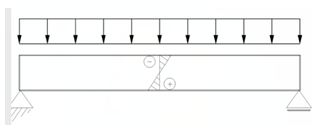
Truss is a structural unit formed by a series of discrete structural components, which acts as a beam. Each structural unit bears tension or pressure independently, and can be optimized and strengthened to carry more effective load. The ineffective load-bearing area of the beam is completely replaced by the net space between the truss components.

The simplest is a system that is supported by a single component, such as the application of membrane structures in roofing systems.
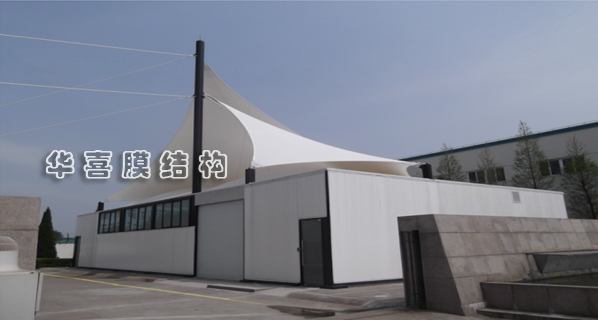
When these structures and their associated load systems evolve into three-dimensional systems, the situation becomes more complex. The right column of the reference system diagram shows the load-bearing situation of the structure only under pressure, while the left column shows the load-bearing situation of the structure under tension. The middle one is listed as the result of the combined action of tension and pressure.

The two-dimensional pressure circular arch structure is developed into a two-way shell structure, then into a triangular shell structure, and finally into a three-dimensional shell structure. Similar catenary structures, which are only affected by tension, are first developed into triangular mesh structures and finally structural coated fabrics. At each stage of structural evolution, structural elements are only subjected to tension.

The introduction of surface curvature can improve the bearing capacity of membrane structures. In membrane structures, the deflection under load is controlled by bending and the amount of permanent stress or prestress.
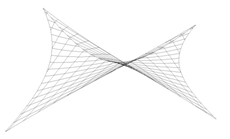
The basic shape of the membrane is given in the left figure. The hyperbolic paraboloid (4-point sail) cylindrical arch (saddle) conical surface shows negative Gauss surface. The effect of fundamental curvature in one direction is opposite to that in other directions. These prestressing forces are initially introduced into the edge of the structure mechanically, and the prestressing forces in one direction are relative to and maintained by the reverse prestressing forces.
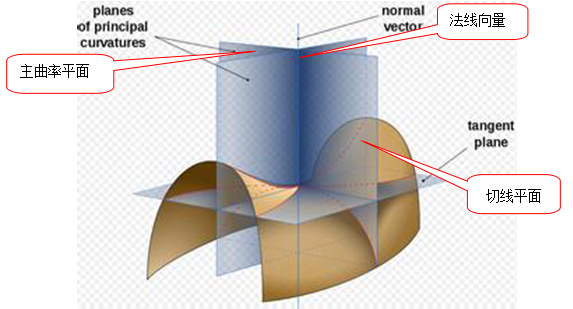
The specific shape of hyperbolic surface and the braiding direction of membrane fabric are very important to its engineering performance. Together with the magnitude of prestressing force, it controls the magnitude of stress and the deflection distributed under external loads.
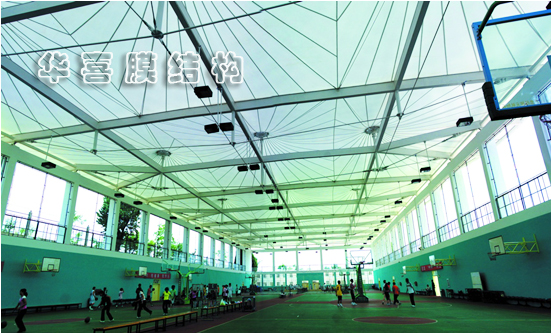
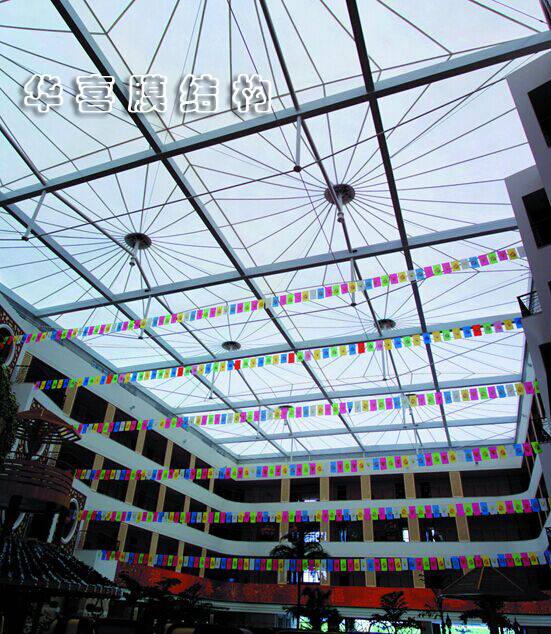
While meeting the architectural and functional requirements, the architectural form must be physically feasible, that is to say, in the installation process and in the non-load-bearing state to be in a balanced state. In practice, this means that there should be no wrinkled fabric surface in the whole structure, and no relaxed membrane surface and cable.

At the same time, the structural designer and engineer cooperate closely with each other. This kind of cooperation starts from the initial design of the structure, such as the shape selection stage and runs through the whole process of repeated design. In the application and development of membrane structure, as well as the economic and constructive optimization of the structure, it has been our expectation to cooperate with excellent architects.

-
 Application of Membrane Structure in Rail Transit...
Application of Membrane Structure in Rail Transit... -
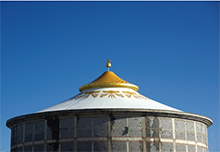 Application of Thermal Insulation Lining Technology in Membrane Archit...
Application of Thermal Insulation Lining Technology in Membrane Archit... -
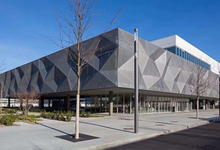 Application of membrane curtain wall...
Application of membrane curtain wall... -
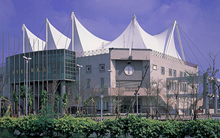 Application of Membrane Roofing...
Application of Membrane Roofing... -
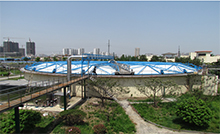 Application of Membrane Structure in Environmental Protection Engineer...
Application of Membrane Structure in Environmental Protection Engineer... -
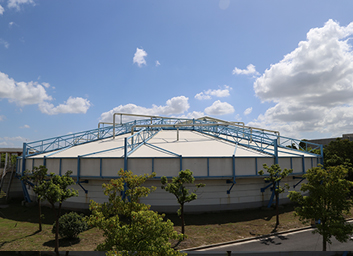 Application of Membrane Structure in Sewage Treatment Plant...
Application of Membrane Structure in Sewage Treatment Plant...

